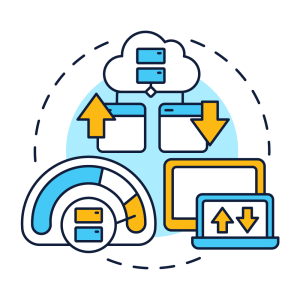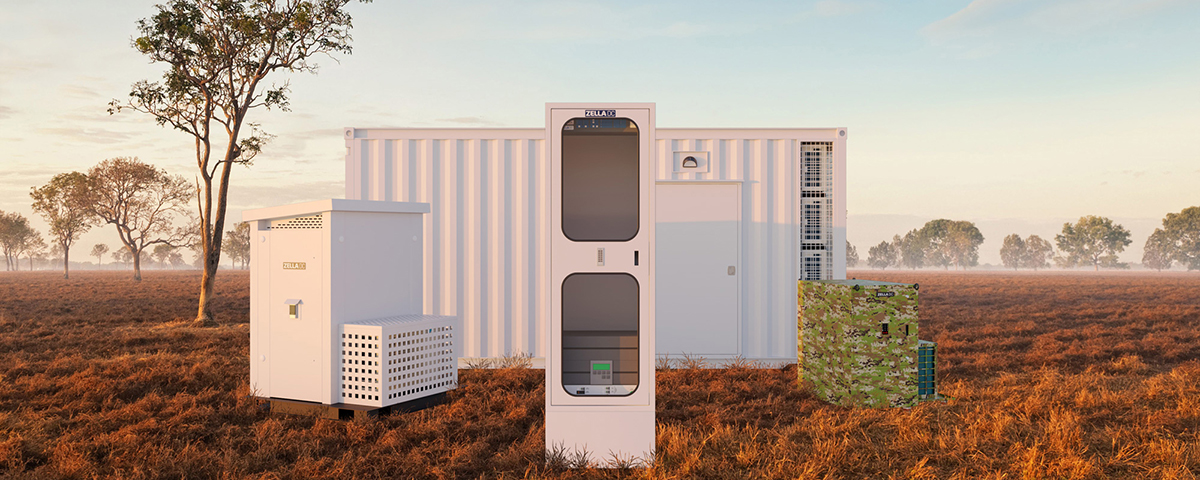Edge computing has emerged as a game-changing technology that offers a faster and more efficient way to process data. It involves processing and analysing data close to the source, rather than sending it to a centralised cloud or data centre. This approach minimises the latency and bandwidth issues associated with cloud computing, making it ideal for real-time applications like autonomous vehicles, industrial automation, and IoT devices. However, the benefits of edge computing go beyond just speed and efficiency: edge computing can also play a crucial role in promoting sustainability by reducing carbon emissions.
Reducing network traffic
One of the key ways that edge computing contributes to sustainability is by reducing the amount of data that needs to be transmitted over long distances. By processing data locally, edge computing reduces the need for large-scale data centres and long-haul network infrastructure, which are significant contributors to carbon emissions. According to a report by the Natural Resources Defence Council, data centres in the US consumed an estimated 91 billion kilowatt-hours of electricity in 2013, emitting approximately 100 million metric tons of carbon pollution. Edge computing can help mitigate this environmental impact by reducing the amount of data that needs to be transported to and from centralised data centres.
Efficient technology
In addition to its sustainability benefits, edge computing is inherently designed for efficiency. The Uptime Institute estimates that the average data centre utilises only 6-12% of the energy it consumes for actual computing purposes. The rest is used for cooling and other infrastructure needs. By contrast, micro data centres used for edge computing are typically much smaller and more efficient, with a higher percentage of energy used for actual computing purposes.
Edge devices are often resource-constrained, meaning that the hardware and software used in these devices are optimised for performance and energy efficiency. This optimisation allows for faster and more efficient processing of data, reducing the overall energy consumption of the system. Moreover, edge devices can operate without a continuous internet connection, allowing processing to continue offline, which further reduces energy consumption.
The efficiency of edge computing is particularly important for applications that require real-time processing and low latency, such as autonomous vehicles and industrial automation. In these applications, any delay or disruption in data processing can have significant consequences, and edge computing provides a way to process data quickly and efficiently without relying on a centralised cloud or data centre. As the demand for these types of applications continues to grow, the efficiency benefits of edge computing will become increasingly important in promoting sustainability and reducing carbon emissions.
Micro data centres’ key role
Micro data centres are small, self-contained data centre architecture designed to be deployed closer to the source of data. They can be installed in buildings or outdoor locations, such as cell towers, and are capable of processing data locally without relying on a centralised data centre. This approach eliminates the need for long-haul data transport and reduces the energy consumption associated with data centre cooling and infrastructure.
 A study by the Uptime Institute found that micro data centres can be more efficient than traditional large-scale data centres, especially when used for edge computing or remote office/branch office (ROBO) environments. The report notes that micro data centres can be designed to be highly energy-efficient, with more efficient cooling and power systems, and can be located closer to the source of data, reducing the need for long-distance data transport.
A study by the Uptime Institute found that micro data centres can be more efficient than traditional large-scale data centres, especially when used for edge computing or remote office/branch office (ROBO) environments. The report notes that micro data centres can be designed to be highly energy-efficient, with more efficient cooling and power systems, and can be located closer to the source of data, reducing the need for long-distance data transport.
The more efficient the micro data centre is, the bigger impact it will have on a company’s overall carbon emissions. In come cases micro data centres can be powered by renewable energy sources such as solar, wind, or hydropower, making them an environmentally friendly solution for edge computing.
Making Edge Easy
Zella DC has been leading the way in edge technology for more than a decade, giving us a deep understanding of the challenges that come with edge computing. To address these challenges, we have developed ‘renewables ready’ DC-powered micro data centres, which simplify and optimise connections to renewable energy sources.
In addition, the Zella Pro micro data centre has been engineered with precision cooling, insulation, and smart technology, resulting in an impressive low Power Usage Effectiveness (PUE) rating of as low as 1.2, depending on the specific environment. This translates to reduced carbon emissions, as well as lower power bills for users.
Edge computing and micro data centres have significant potential for reducing carbon emissions and promoting sustainability. As edge computing devices become more efficient, the impact on overall emissions will keep increasing.






